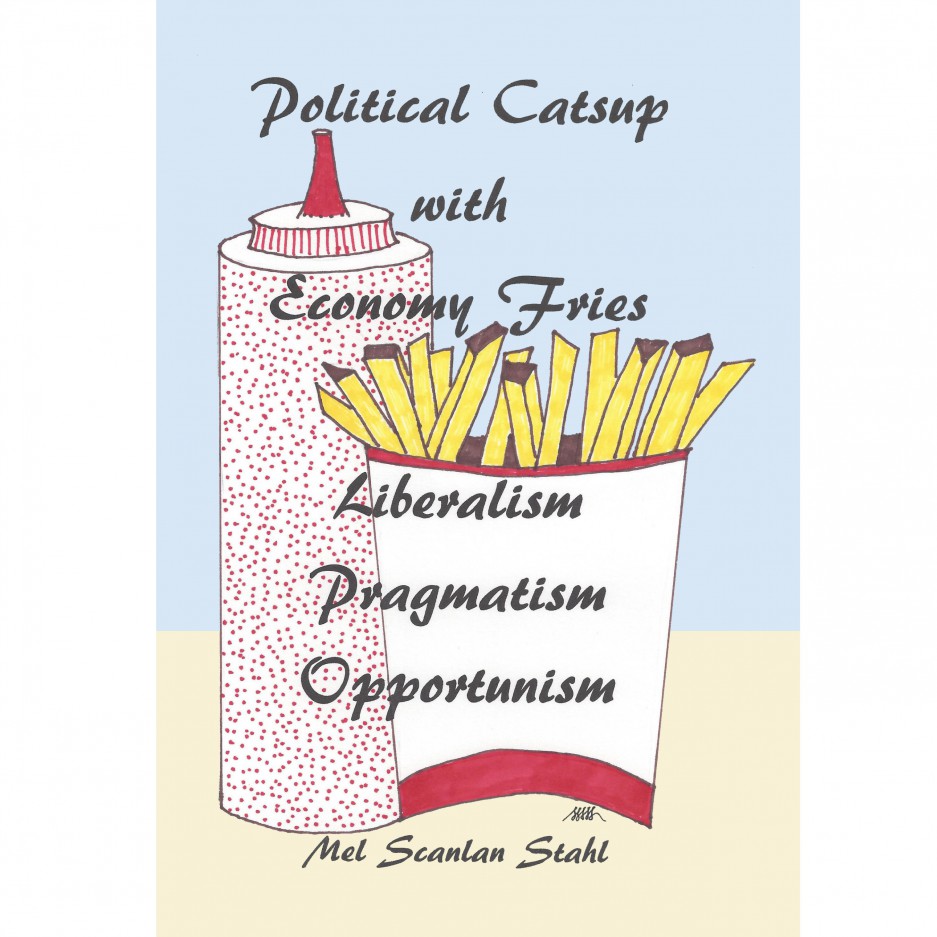There’s a saying that goes like this: “No matter how far you’ve gone down the wrong road…turn around.”
Neoliberals are the worst at admitting when they’ve caused harm with their policies. Neoliberal policies have put us on the wrong road. It’s a road that doesn’t lead to prosperity. But they won’t turn around. So, we live in the neoliberal age of denial right now. Government sponsored corporatism is rife with economic interventionism.
Interventionism is regulations, taxes and subsidies that provide advantages to some economic players but not to others. Neoliberal interventionism has harmed our grassroots economy partly because of supporting (with tax incentives) the pursuit of short-term corporate profits in transnational companies that obtain cheaper labor abroad. Our market economy consists of jobs and workers who produce products and services that can be sold. It’s terrible when a person who wants to work can’t find a job. A lack of work can cause harms that spread everywhere. Because no one can buy much unless they do so with debt. There’s burgeoning debt in student loans, for example, but little opportunity to pay off those loans in a bad job market. Even when loan requirements are lower and interest rates are lower, people can’t get by without a good job.
When corporations outsourced labor in order to benefit from cheaper worker wages, they caused many Americans to lose their job. So many jobless people made statistics about employment look terrible. So the government stopped counting people who stopped looking for a job (when they couldn’t find one). President Obama ignored those working age people without a job for the sake of economic braggadocio. But changing the way that unemployment is measured to make unemployment look less awful doesn’t fix the problem of slack in our worker populations.
With so many now unproductive and displaced workers the need for welfare increased and the need for medicaid also increased. But the ACA didn’t really help with healthcare inflation even though it increased the amount of charity healthcare paid at ever increasing prices (which caused even more healthcare inflation). And the performance of the ACA was so bad that insurance companies started abandoning it. And anyone who could avoid it did so.
Bank deregulation also has harmed our economy. It may still doom us. There are many examples of economic harm caused by banking deregulation. Repeal of the Glass Steagall provision, for instance, set up the opportunity for default contagion in the case of bank failure. Alan Greenspan, the former head of the Federal Reserve, promised that he would help banks if they defaulted and that encouraged more riskiness and innovation in finance. Cheaper loans obtained at lower interest rates under Federal Reserve policy, fed the hostile takeover epidemic during the 1990’s. That further damaged American enterprises. Many businesses shut down, further displacing people from their former jobs.
The subprime mortgage crisis started by ramping up home prices under false appraisals, and made use of securitized loans that moved the risk away from bankers and externalized it to others in the stock market. After the real estate market crashed, it failed to recover. So it can’t lead us out of economic stagnation as it has during previous recessions. The U.S. now has the lowest home ownership in the last fifty years. And that caused more suffering as many people lost their home investment and became homeless. But TARP and QE haven’t returned us to prosperity. Our economy has courted risk and shunned production. And that leads to more workers who can’t find jobs. Even today, the banking system is mostly unregulated and continues to seek the most risk while it externalizes its losses to the grassroots.
With twenty trillion dollars of government debt, the idea that our government should continue to intervene in the economy is ludicrous. Why continue to do what isn’t working? The neoliberal road is the road to ruin. It’s time to get off that road.
If you’d like to learn how neoliberalism got going after WWII, buy a copy of Political Catsup with Economy Fries available at Amazon.com today.
